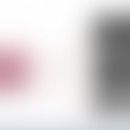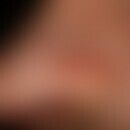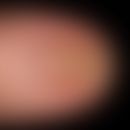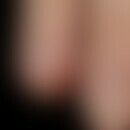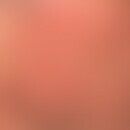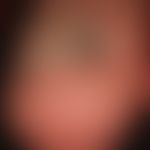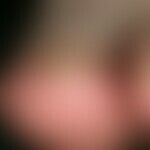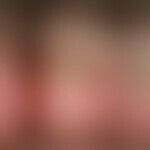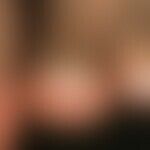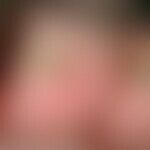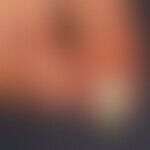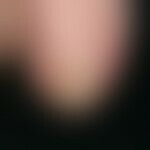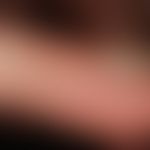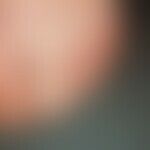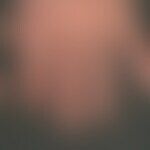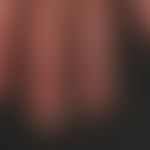Synonym(s)
HistoryThis section has been translated automatically.
DefinitionThis section has been translated automatically.
Pathological transverse curvature of the usually thickened nail plate, which, when fully developed, embraces the nail bed in a painful, pincer-like manner. The consequence of this constant traumatization is a painful paronychia. Affected are big toes and thumbnails; less frequently also other nails.
You might also be interested in
EtiopathogenesisThis section has been translated automatically.
Pincers-nails can be congenital (Mimouni D et al. 2002) or acquired.
Congenital pincers-nails can affect all nails on fingers and toes.
In acquired pincers-nails, pressure phenomena (e.g., tight footwear) may play a role. Furthermore, they also occur in peripheral circulatory disorders (e.g., systemic scleroderma). Sporadically, they are observed in cumulative-toxic hand eczema.
ManifestationThis section has been translated automatically.
Women seem to be the preferred victims.
Differential diagnosisThis section has been translated automatically.
Complication(s)(associated diseasesThis section has been translated automatically.
Painful ingrowing of the toenails(Unguis incarnatus)
TherapyThis section has been translated automatically.
External therapyThis section has been translated automatically.
Controlled keratolysis with nail softening paste like 40% urea paste(Urea Paste 40% NRF 11.30.) under occlusion. Remove the softened part of the nail every day, apply a new layer of ointment and mask with plaster. With purely conservative therapy, the nail curvature will disappear within 8-12 weeks.
Notice! Apply 40% urea ointment only to the nails and do not apply to the surrounding tissue!
Operative therapieThis section has been translated automatically.
Milling of the median nail plate zones almost down to the nail bed. The nail plate can be expanded again by the counter pressure of the nail bed. The nail plate can be softened with a 20-40% urea paste. In case of severe forms, the nail can be removed and the nail bed sclerosed.
LiteratureThis section has been translated automatically.
- Cornelius CE, Shelley WB (1968) Pincer nail syndrome. Arch surgeon 96: 321-322
- El-Gammal S et al (1993) Successful conservative therapy of the pincer nail syndrome. dermatologist 44: 535-537
- Fujita Yet al (2014) Pincer nail deformity in a patient with amyotrophic lateral sclerosis. Neurol Int 11:5716
- Hu YH Pincer nail deformity as the main manifestation of Clouston syndrome. Br J Dermatol doi: 10.1111/bjd.13703
- Kim KD et al (2003) Surgical pearl: Nail plate separation and splint fixation--a new noninvasive treatment for pincer nails. J Am Acad Dermatol 48: 791-792
- Mimouni D et al (2002) Hereditary pincer nail. Cutis 69:51-53.
- Sano H et al (2012) Influence of mechanical forces as a part of nail configuration. Dermatology 225:210-214
- Sano H et al (2015) Foot loading is different in people with and without pincer nails: a case control study. J Foot Ankle Res 8:43
Incoming links (4)
Ectodermal dysplasia, hidrotic, autosomal dominant; Tube nail; Unguis incarnatus; Urea paste 40% (nrf 11.30.);Outgoing links (5)
Nail, more painful; Tube nail; Unguis incarnatus; Urea (overview); Urea paste 40% (nrf 11.30.);Disclaimer
Please ask your physician for a reliable diagnosis. This website is only meant as a reference.
